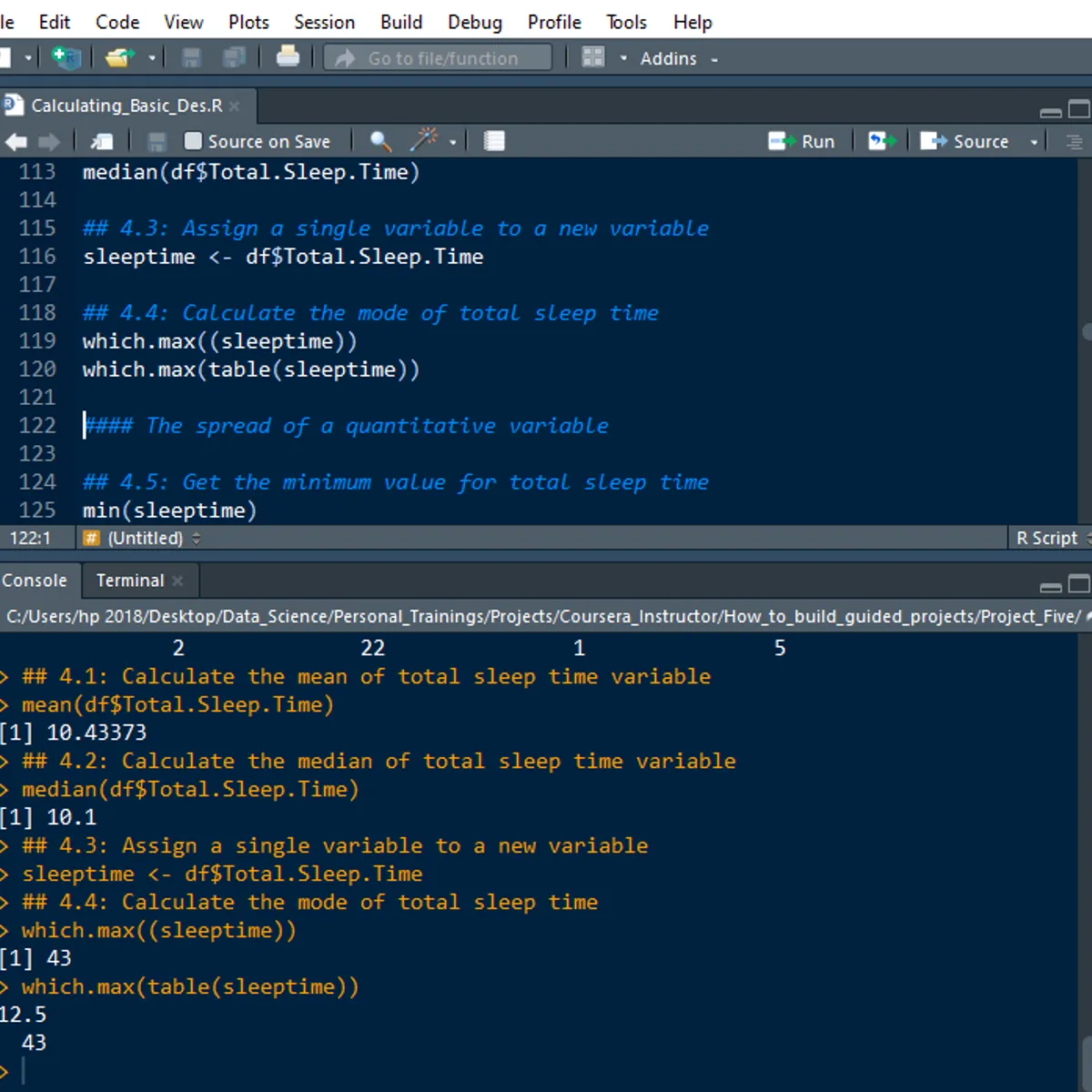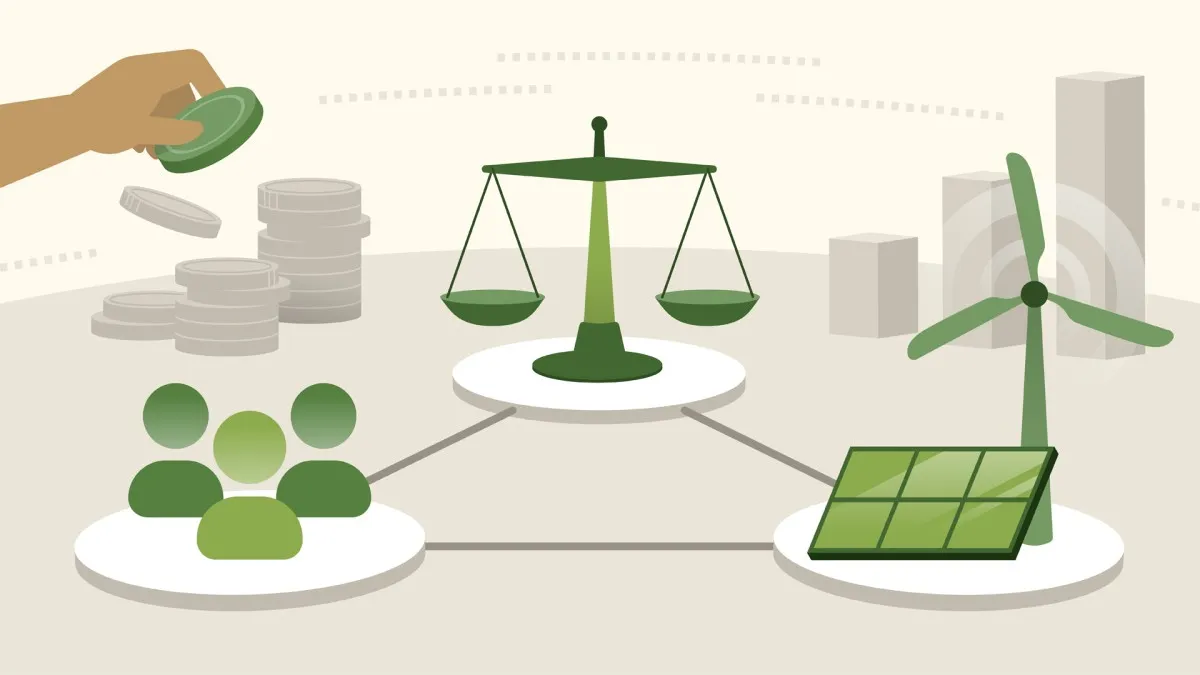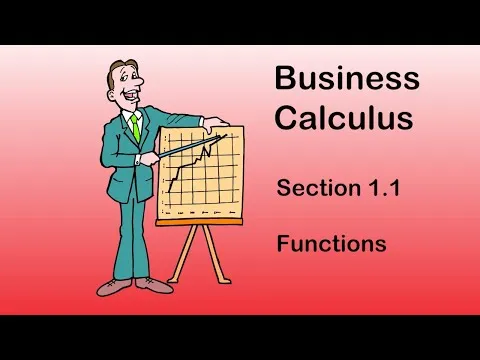
Calculating Descriptive Statistics in R 
Learn how to calculate descriptive statistics in R with this 2-hour project-based course. Whether you're a data scientist or just interested in basic statistics, this course is perfect for you. Discover how to perform extensive descriptive statistics on both quantitative and qualitative variables, calculate frequency and percentage of categorical variables, and check the distribution of quantitative variables. You'll also learn how to perform univariate and bivariate statistics for both types of variables. Don't worry if you're new to R, just check out the "Getting Started with R" guided project before diving into this one. ▼
ADVERTISEMENT
Course Feature
![]() Cost:
Cost:
Paid
![]() Provider:
Provider:
Coursera
![]() Certificate:
Certificate:
Paid Certification
![]() Language:
Language:
English
![]() Start Date:
Start Date:
24th Jul, 2023
Course Overview
❗The content presented here is sourced directly from Coursera platform. For comprehensive course details, including enrollment information, simply click on the 'Go to class' link on our website.
Updated in [September 19th, 2023]
What does this course tell?
(Please note that the following overview content is from the original platform)
Welcome to this 2-hour long project-based course Calculating Descriptive Statistics in R. In this project, you will learn how to perform extensive descriptive statistics on both quantitative and qualitative variables in R. You will also learn how to calculate the frequency and percentage of categorical variables and check the distribution of quantitative variables. By extension, you will learn how to perform univariate and bivariate statistics for univariate and bivariate variables in R.Note: You do not need to be a Data Scientist to be successful in this guided project, just a familiarity with basic statistics and using R suffice for this project. If you are not familiar with R and want to learn the basics, start with my previous guided project titled “Getting Started with R”.We consider the value of this course from multiple aspects, and finally summarize it for you from three aspects: personal skills, career development, and further study:
(Kindly be aware that our content is optimized by AI tools while also undergoing moderation carefully from our editorial staff.)
What skills and knowledge will you acquire during this course?
During this course, the learner will acquire the skills and knowledge necessary to perform extensive descriptive statistics in R. They will learn how to analyze both quantitative and qualitative variables, calculating the frequency and percentage of categorical variables. Additionally, they will gain the ability to check the distribution of quantitative variables. The learner will also learn how to perform univariate and bivariate statistics for both univariate and bivariate variables in R. It is important to note that prior knowledge of basic statistics and familiarity with using R is sufficient for success in this guided project.
How does this course contribute to professional growth?
This course on Calculating Descriptive Statistics in R can greatly contribute to professional growth. By completing this course, one will gain a comprehensive understanding of how to perform extensive descriptive statistics on both quantitative and qualitative variables using R. This skillset is highly valuable in various professional fields, such as data analysis, research, and decision-making.
Through this course, individuals will learn how to calculate the frequency and percentage of categorical variables, which is crucial for understanding the distribution and patterns within a dataset. This knowledge can be applied to various scenarios, such as market research, customer segmentation, and survey analysis.
Additionally, the course covers the calculation of descriptive statistics for quantitative variables, allowing individuals to assess the distribution and central tendencies of numerical data. This skill is essential for making informed decisions based on data, as it provides insights into the average, variability, and shape of the dataset.
Furthermore, the course delves into univariate and bivariate statistics, enabling individuals to analyze relationships between variables. This is particularly useful in fields such as social sciences, economics, and marketing, where understanding the correlation and association between variables is crucial for making predictions and drawing conclusions.
Overall, completing this course on Calculating Descriptive Statistics in R equips individuals with valuable skills that can enhance their professional growth. The ability to perform extensive descriptive statistics, calculate frequencies and percentages, and analyze relationships between variables using R can greatly contribute to one's proficiency in data analysis and decision-making, making them a valuable asset in their professional field.
Is this course suitable for preparing further education?
Yes, this course is suitable for preparing further education. It provides a comprehensive understanding of how to perform descriptive statistics in R, which is a valuable skill for further education in fields such as data analysis, research, and statistics. The course covers both quantitative and qualitative variables, calculating frequency and percentage of categorical variables, and checking the distribution of quantitative variables. Additionally, it teaches how to perform univariate and bivariate statistics, which are important concepts in further education. While prior familiarity with basic statistics and using R is recommended, it is not necessary to be a Data Scientist to succeed in this course.
Course Provider

Provider Coursera's Stats at AZClass
Discussion and Reviews
0.0 (Based on 0 reviews)
Explore Similar Online Courses

Introduction to ESG: Environmental Social and Governance

Hypothesis Testing with Python and Excel

Python for Informatics: Exploring Information

Social Network Analysis

Introduction to Systematic Review and Meta-Analysis

The Analytics Edge

DCO042 - Python For Informatics

Causal Diagrams: Draw Your Assumptions Before Your Conclusions

Whole genome sequencing of bacterial genomes - tools and applications

Business Calculus - Math 1329 - Section 11 - Functions

Business Calculus Book for Beginners


Start your review of Calculating Descriptive Statistics in R